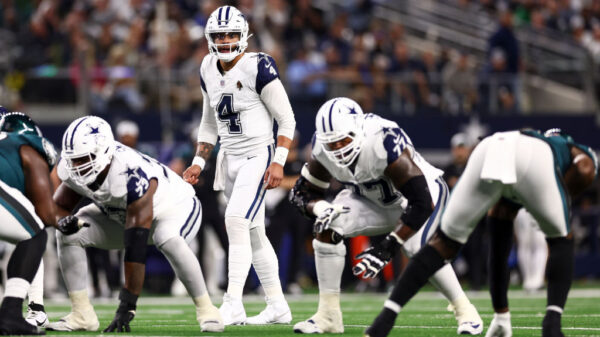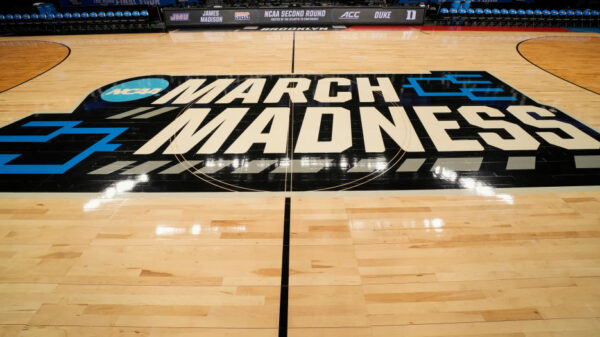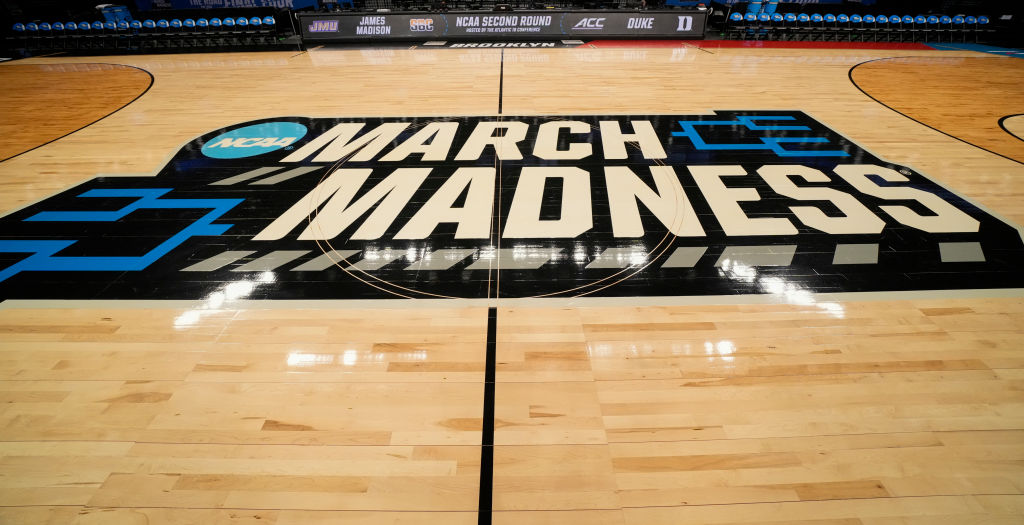March Madness isn’t all sunshine and rainbows. For every game-winner and thrilling victory, there’s always someone on the other side with a heartbreaking loss or stunning defeat. Today, we take a look at the biggest disappointments of this NCAA tournament. And much like our Surprises article earlier this week (go check that out if you have not already), we’re sticking on the court. So what is annually one of my biggest disappointments of March Madness, which is not having the great Gus Johnson on the call for any of the 67 games, is not allowed on this list.
1. No Major First-Round Upsets – Some of the most memorable March moments come in the round of 64. One magical game from a colossal underdog can bust brackets and create household names out of unknowns. In 2024, we had 14-seed Oakland beating Kentucky off of the hot shooting of Jack Gohlke. But this tournament didn’t give us a major upset. Every team seeded 13 through 16 lost their first-round game, and only two 12-seeds and one 11-seed advanced to the round of 32. In fact, one of the 12 seeds, Colorado State, was even favored to win their round of 64 games, so you can barely even classify that as an upset.
2. No Cinderellas – Directly tied into number one on this list, the lack of advancement from the round of 64 didn’t allow us to see any Cinderellas advance through this dance. Only six teams from mid-major conferences played in the round of 32, and none advanced to the Sweet 16. We did have one double-digit seed advance to the Sweet 16, but I refuse to call a team a Cinderella when they were preseason top-15, played in the toughest conference in America and are coached by John Calipari. So, about that Arkansas team…
3. St. Johns’ Early Exit – I, for one, was looking forward to Rick Pitino coaching on a big national stage in this NCAA Tournament. It looked likely that his St Johns team could make a deep run as a 2-seed, but they suffered a disappointing loss to Arkansas and Pitino was bounced from the tournament early. I suppose I should have been able to see this coming, as St. Johns ranks outside the top 50 nationally in offensive efficiency and could not overcome a poor shooting night and foul trouble against Arkansas. St Johns, in fact, became the only 1 or 2-seed to not reach the Elite 8. What could potentially have been a redemption arc for Pitino in this tournament turned into one for John Calipari instead, but his Razorbacks were promptly eliminated in the Sweet 16 by Texas Tech.
4. The First Four strikes out – Since it was conceptualized in 2011, teams playing in the First Four have had a disproportionate amount of success in the NCAA Tournament. 2011 VCU’s run to the Final Four and 2023 Fairleigh Dickinson’s journey both started in Dayton. I would attribute this to playing in a game that shakes off nerves and rust and generates positive vibes heading into the round of 64. In fact, only 2019 saw the entire First Four winners strike out in the round of 64. Until this year. While Xavier and North Carolina both impressed in Dayton, both came up short in their next game. What was annually a solid bracket trend was snapped here this year.
5. The ACC let-down – I live in ACC country in North Carolina. I was raised on ACC basketball, and for the better part of two decades, they have been the premier conference in college basketball. Even in “down” years, the ACC has always shown up in the NCAA Tournament. Over the last decade, they own the most wins over expectation of any conference in the nation when you look at the seeding of their teams. But that was not the case this year. The ACC only advanced 1 team to the round of 32, which is the low mark for the conference since the NCAA Tournament expanded to 64 teams in 1985. North Carolina, Clemson, and Louisville all looked out-matched in their round of 64 game and it became clear that this iteration of the ACC did not prepare teams for NCAA Tournament play. Ironically, the pre-tournament win total for the ACC was set at 6.5. It is still possible for them to go over that mark IF Duke wins the national championship, thanks to North Carolina’s victory in the first four counting as an additional win.































